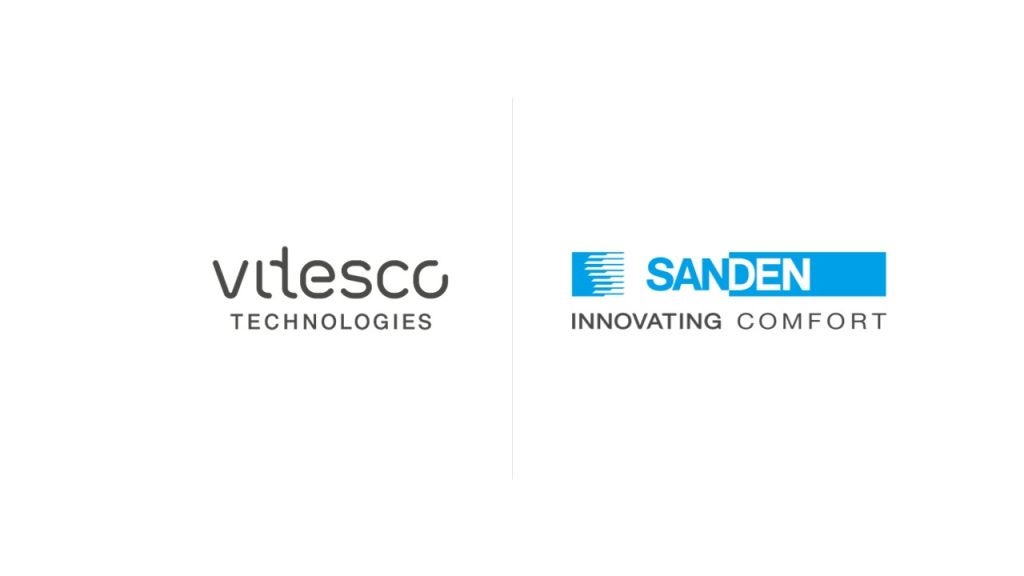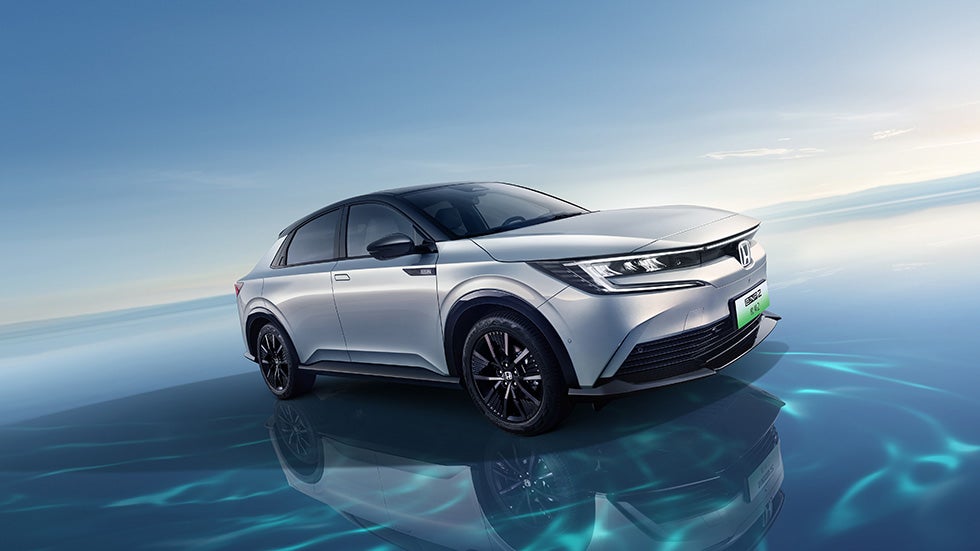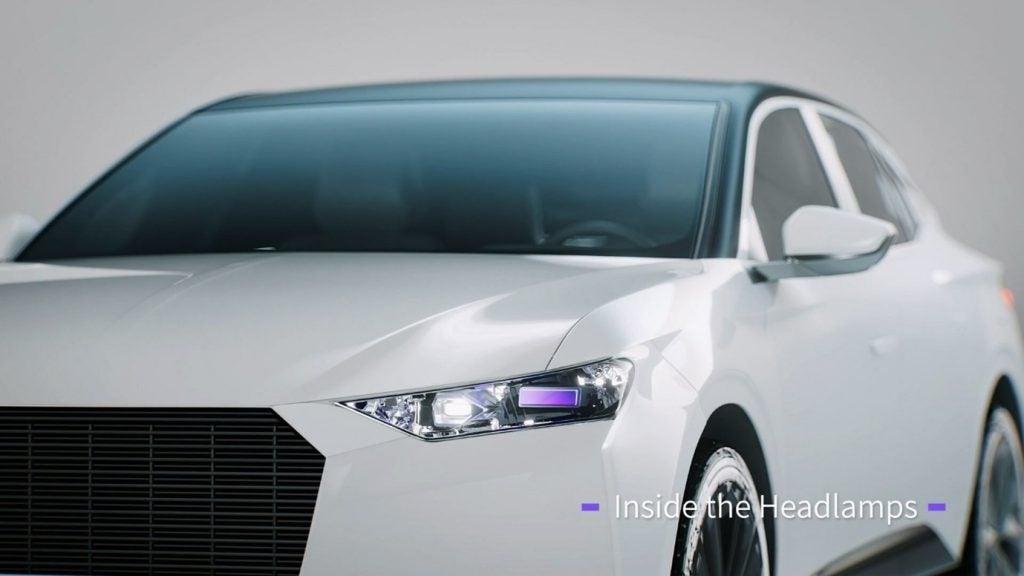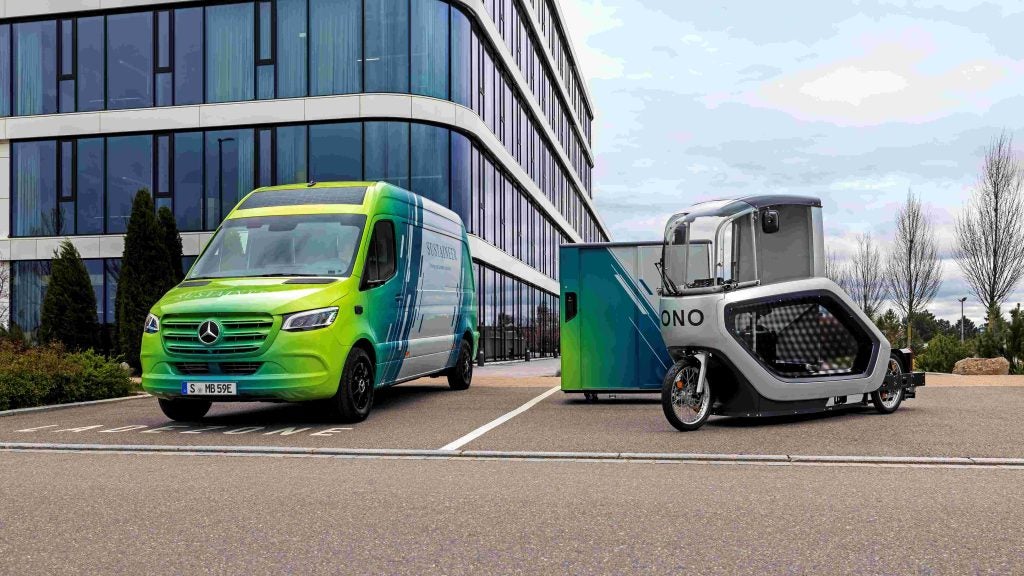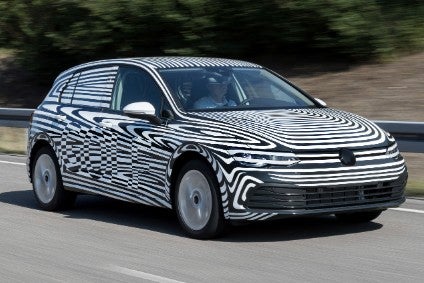
There is no question about it, the ID.3 will be the main attraction of the 2019 edition of the Internationale Automobil-Ausstellung (IAA). Volkswagen even delayed the next Golf to be certain of no other vehicle stealing the thunder of this EV. The Land Rover Defender will also be making headlines, as will the Porsche Taycan even though the latter is to be revealed on 4 September, almost a week ahead of the IAA’s first press day.
No-one yet knows just how popular Volkswagen’s first electric vehicle to have been designed expressly as one will be over the medium and long term. So far though, the news is good, the company claiming it has 30,000 orders for this Polo-sized but Passat-roomy hatchback. Considering that Germans have not exactly been rushing to buy a Nissan Leaf, BMW i3 or even VW’s own e-Golf or e-up! over the last few years, this car’s success is by no means assured in its home market, even with the marketing muscle of Volkswagen behind it.
Aside from Norway, electric cars in general remain niche products across all of Europe. If VW can change that situation, it will be a remarkable achievement and one worthy of much applause. The Tesla Model 3 took off like a rocket earlier this year in Germany but recently, as orders were fulfilled, sales came crashing back to earth. Will that happen to the ID.3 too? Well, we won’t find out for quite a while, as the IAA world debut isn’t all that it seems.
Late on 30 August, the company’s media department put out yet another press release heralding the car’s arrival, the statement ending with this sentence: “Production of the ID.3 is due to start as planned at the end of 2019. The first vehicles are due to arrive by mid-2020”.
The whispers from insiders over the summer claiming that the ID.3 will not be available in Q1 after all have been accurate: Volkswagen will say that build commences on time in December but in reality, as per what happened with the Audi e-tron, the line will be running at a very low speed. And no customer is going to get a car until quality – in all its forms, including faultless software – is perfect. Both the Golf and ID.3 are especially complex vehicles so it was more or less inevitable that VW might hit the pause button on both models during the final six to twelve months before series manufacture begins.
It’s also now known that certain Volkswagen cars (and quite a few LCVs) are yet to receive certification for Euro 6d-TEMP EVAP-ISC. The new emissions standard came into effect on 1 September, so Volkswagen, with the largest and most complex mix of makes, models and variants in Europe had the hardest job of all OEMs. At the same time as its engineers were working many long hours to perfect one key new model (Golf) and another, modest-volume frontrunner that will introduce a new EV platform which has been tasked with becoming a huge deal.
How well do you really know your competitors?
Access the most comprehensive Company Profiles on the market, powered by GlobalData. Save hours of research. Gain competitive edge.

Thank you!
Your download email will arrive shortly
Not ready to buy yet? Download a free sample
We are confident about the unique quality of our Company Profiles. However, we want you to make the most beneficial decision for your business, so we offer a free sample that you can download by submitting the below form
By GlobalDataCan Volkswagen succeed with its plan to grab the lion’s share of the publicity from the Frankfurt show, and then keep that momentum going as it unveils the Golf in October? Probably, even if the idea that no-one knows what the Mark 8 will look like is ludicrous: clear pics of what were probably TV spots or brochure shoot cars have been on the web for months. None of that matters to the European market’s dominant marque, with the company’s sheer size and the strength of the VW brand being enough to set the sales agenda in all European countries.
As at the time of writing, nobody at Audi is saying if the new A3 will be at the IAA or not, and here too is another knock-on effect of the decision taken to delay the Golf. The closely related A3 is due to be replaced very soon, and indeed needs to be as the Mercedes A-Class is selling very well in the UK (in way bigger volume than in Germany, too), and the BMW 1 Series is about to be rolled out across the region. Will Audi be forced to wait so as not to threaten the order bank of the VW brand’s next best seller?
There is also the issue of the SEAT León, a new generation of which will be on sale in early 2020. As with the A3, the Leon’s maker is saying nothing official about the imminent arrival of this new C segment hatchback.
Aside from the Volkswagen Group, the traditional other big regional OEMs have many new models in store for the public to pore over in Frankfurt. That includes Ford, which makes a welcome return to a big European motor show. The main attraction here is the Puma, a small crossover.
Groupe PSA wants to keep rebuilding Opel and Vauxhall and with that in mind, strong launches for the CMP platform Corsa and the facelifted Astra will greatly help matters. It will be interesting to see how the e-Corsa fares too, especially as the Renault Zoe has been modestly popular but is now becoming old. There won’t be any presence for PSA’s three other brands at the IAA, which is odd, at least in the cases of Peugeot and Citroën, if not DS which German car buyers don’t seem too taken by.
PSA might well regret not getting a new Peugeot 2008 onto the market at the same time as Renault’s second generation Captur, which will be the diamond logo make’s main news at the Frankfurt show. The strategy when it comes to electrification differs too, as there is a PHEV Captur but the e-2008 is to instead be an EV. Which will buyers prefer?
In fact, wherever visitors to the IAA look, they will find EVs and PHEVs. In the first camp, aside from the ID.3 and Porsche Taycan, the roster includes the cute little Honda e, facelifted versions of the smart EQ fortwo and forfour, the Škoda Citigoe and SEAT Mii Electric twins and probably an overhauled VW e-up!, the Mini Electric, Mercedes EQV, plus concepts from Cupra, Hyundai and others. New plug-in hybrids, on the other hand, include versions of the A-Class and B-Class from Mercedes, the SEAT Tarraco FR PHEV, multiple Porsche Cayennes and the Opel Grandland X, as well as other brands potentially springing their own press day surprises.
Finally, at a peculiar time for the UK, one inherently British marque will be showing off an eagerly awaited and made-in-the-EU (Slovakia, as it happens) 4×4. We’ve all seen the pics from the James Bond film shoot and the Land Rover Defender looks the business. Will it prove popular outside Britain and crucially, in the USA, a place where the lack of airbags rightly resulted in the old model being banned in its latter years? JLR will inevitably charge high prices for the new L663, positioning the Defender as a luxury model. Oh, and there will be a PHEV variant too, which, if you think about it, only a few years ago would have seemed to make about as much sense as a fully electric Porsche called Taycan Turbo.
The 2019 Frankfurt IAA Cars motor show world premieres list can be seen here. It will continue to be updated so check back for the latest news as well as a definitive list of all the global debuts once the curtain comes down on the media preview days.
Future vehicles intelligence
Additional data on vehicle lifetime and future product plans, such as code names, production plants and expected annual build, are available in PLDB from QUBE.



